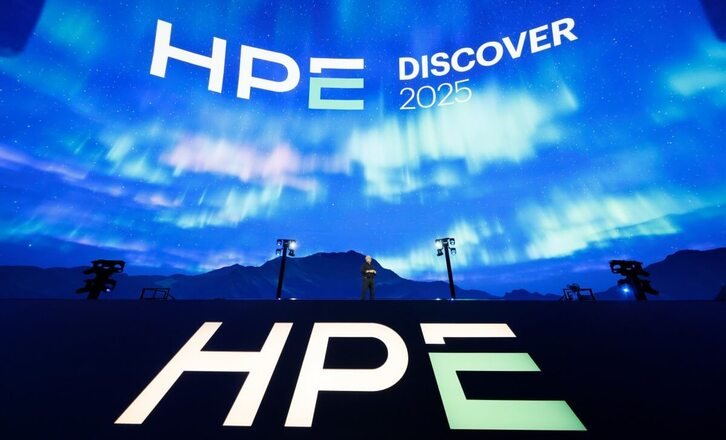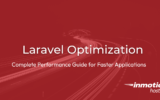HPE has expanded its NVIDIA AI Computing portfolio to equip enterprises with advanced tools for managing the complete AI lifecycle. The update enhances NVIDIA AI Enterprise integration, incorporates support for the latest AI models and Blueprints, and introduces hardware powered by NVIDIA’s Blackwell architecture, significantly boosting the performance and capabilities of HPE Private Cloud AI for diverse workloads.
Central to the announcement is the addition of HPE ProLiant Compute servers accelerated by NVIDIA RTX PRO 6000 Blackwell Server Edition GPUs. Two configurations are being highlighted. The HPE ProLiant DL385 Gen11 server supports up to two RTX PRO 6000 GPUs in a 2U RTX PRO Server form factor, using air cooling to deliver GPU acceleration to data centers managing rising AI demands. The HPE ProLiant Compute DL380a Gen12 server, set to ship in September, scales up to eight RTX PRO 6000 GPUs in a 4U chassis for heavier workloads.
Both systems are designed for a broad range of enterprise needs, from generative and agentic AI to robotics, industrial AI, simulation, 3D modeling, digital twins, and visual computing for applications such as quality control and autonomous vehicles. HPE’s ProLiant Gen12 servers also introduce advanced security measures, including iLO 7 Silicon Root of Trust and a secure enclave, with quantum-resistant firmware signing. Lifecycle management is handled through HPE Compute Ops Management, a cloud-native platform that the company says can cut IT administrative time by up to 75% and reduce downtime by nearly five hours per server annually.
The hardware launch coincides with HPE’s announcement of the next generation of HPE Private Cloud AI, a co-developed turnkey AI factory solution with NVIDIA. The updated platform, available later this year, will include support for NVIDIA RTX PRO 6000 GPUs, seamless GPU generation scalability, air-gapped management for secure environments, and enterprise-grade multi-tenancy.
HPE Private Cloud AI will also gain compatibility with NVIDIA’s newest reasoning models and AI tools. This includes the latest Nemotron models for agentic AI, the Cosmos Reason vision language model for physical AI and robotics, and the NVIDIA Blueprint for Video Search and Summarization (VSS 2.4) to help enterprises build video analytics AI agents capable of extracting insights from large-scale video datasets. Continuous co-development with NVIDIA ensures that the platform can deliver fast deployment of NVIDIA NIM microservices and the latest AI Blueprints via HPE AI Essentials.
Private Cloud AI
By deepening integration with NVIDIA’s accelerated computing, networking, and software stack, HPE says the enhanced Private Cloud AI platform will enable enterprises to address rising AI inferencing demands while keeping control over sensitive data. This is aimed at organizations seeking to scale AI production efficiently without compromising on security or manageability.
HPE executives framed the announcement as a step toward enabling enterprises to confidently embrace AI across a growing set of workloads. “Our collaboration with NVIDIA continues to push the boundaries of innovation, delivering solutions that unlock the value of generative, agentic and physical AI while addressing the unique demands of enterprise workloads,” said Cheri Williams, senior vice president and general manager for private cloud and flex solutions at HPE.
NVIDIA emphasized the unified nature of the platform. “Enterprises need flexible, efficient infrastructure to keep pace with the demands of modern AI,” said Justin Boitano, vice president of enterprise AI at NVIDIA. “With NVIDIA RTX PRO 6000 Blackwell GPUs in HPE’s 2U ProLiant servers, enterprises can accelerate virtually every workload on a single, unified, enterprise-ready platform.”
The HPE ProLiant DL385 Gen11 and ProLiant Compute DL380a Gen12 servers with NVIDIA RTX PRO 6000 Blackwell GPUs are available for order now, with shipments beginning September 2, 2025. Support for the latest NVIDIA AI models and the next generation of HPE Private Cloud AI will follow in the second half of 2025.


